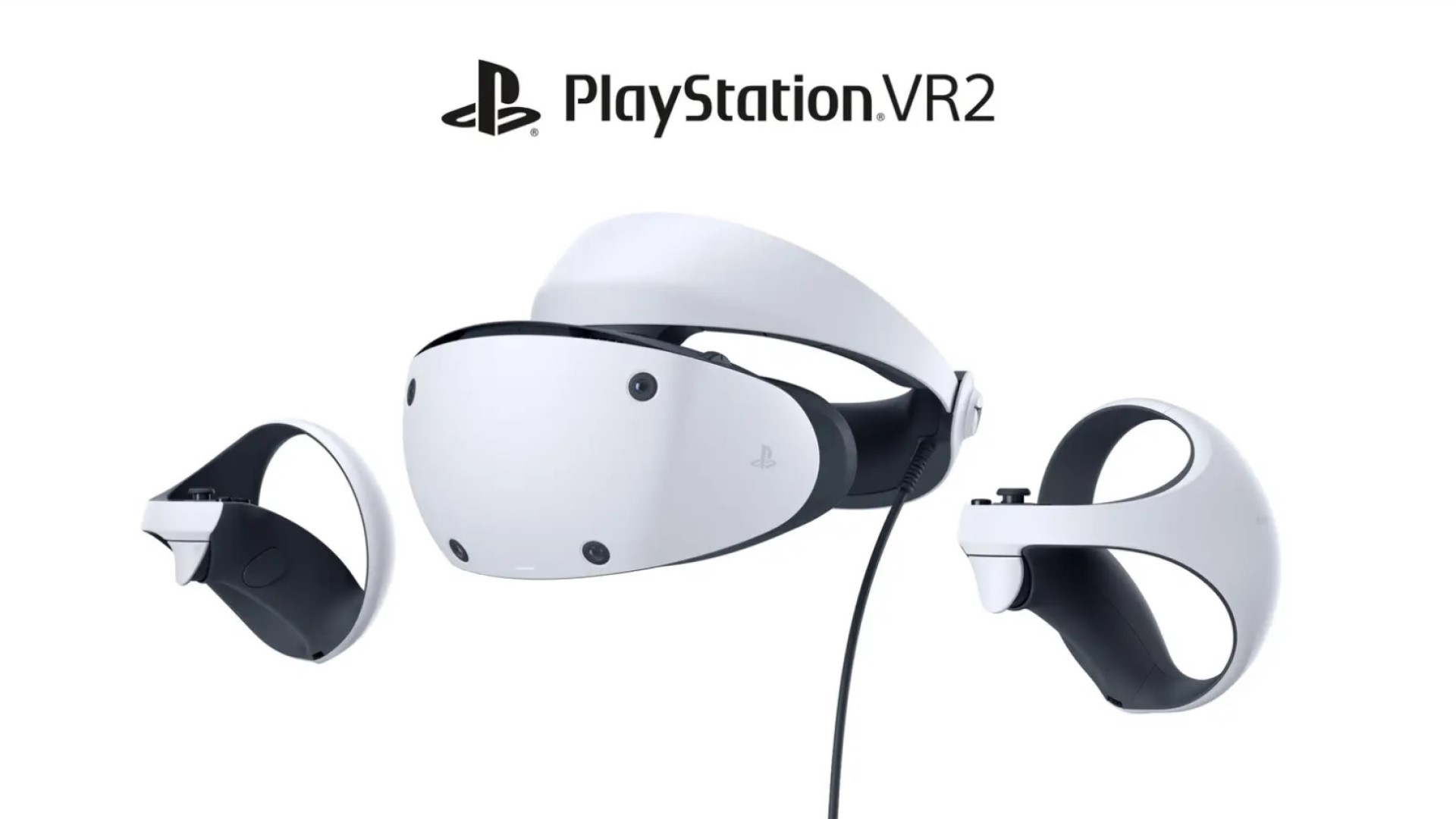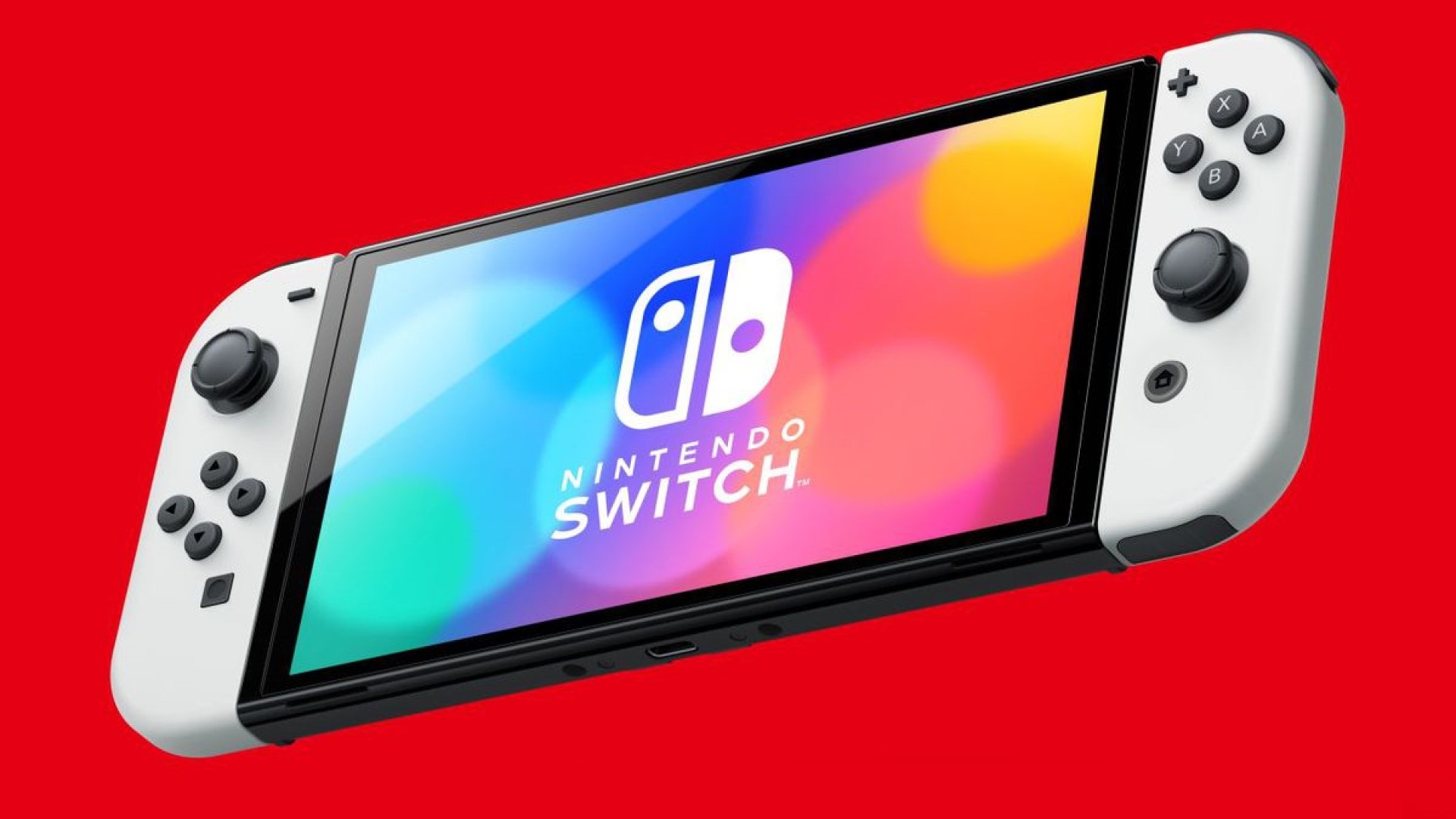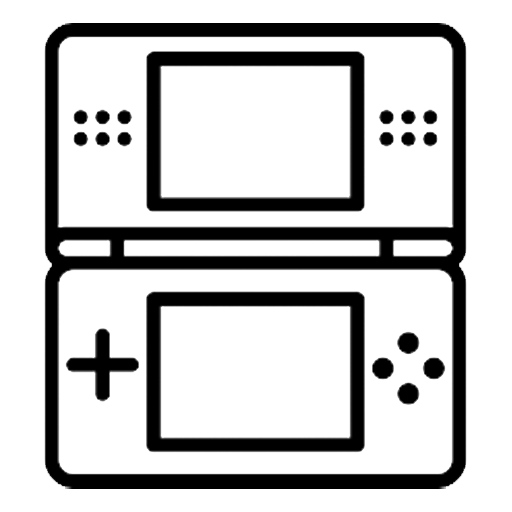
The PlayStation VR2 is set to launch in under a month at this point. In a few weeks, a brand new Sony platform will be out. And while there is some enthusiasm for the platform (especially given the great hardware it is packing, as well as renewed hope that Sony might help make VR mainstream), there is a curiously muted sense of hype around the new headset – almost as if, outside of the already converted VR enthusiasts, the rest of the industry doesn’t quite care.
On some level, this does make sense – in spite of the general certainty around VR being the next great tech paradigm for not just video games, but computing as a whole (remember, Facebook rebranded itself into a VR oriented company at the height of its powers and prominence, and even companies like Apple were looking into investing in the format), it just never quite caught traction the way you might expect. Meta Quest 2 (née Oculus Quest 2) has certainly done well for itself, selling almost 15 million units globally, and becoming the de facto VR platform for a mainstream audience. But that’s essentially the level of success we are talking about here – the bestselling VR system has sold 15 million. The others? Much, much less than that (given that Meta Quest 2 is the dominant VR platform after all).
Sony’s own original entry into the VR market was the PSVR, and it sold… actually fairly well, with 5 million units sold globally. Now, in a vacuum and in the immediate context of the discussion, those numbers aren’t quite so bad, are they? The PSVR sold a third of the dominant VR platform, and selling 5 million of anything is hardly anything to scoff at. But business decisions, especially financial ones, are never made in a vacuum, and in the broader context, the PSVR’s performance starts to look less impressive, and raises the question of why a follow-up exists at all – and certainly, why in the state it does (we’ll get to this bit shortly).
Just as a reference, the PlayStation 4 sold roughly 115 million units worldwide, meaning that very literally less than 1 in 20 of PS4 owners were willing to buy the PSVR. This, by the way, was in spite of heavy discounts, great bundling, and some not insignificant software support. At the peak of the PSVR’s life cycle, you could buy one for $200, and it would come bundled with some amazing games, such as Astro Bot: Rescue Mission, Iron Man, Gran Turismo Sport… and sometimes even multiple games.
This was also at the peak of VR hype. You know how I alluded to that period where the entire tech world was convinced that VR would be the next step, and there was a lot of optimism and enthusiasm surrounding the format? PSVR came right at the crest of that wave, and rode it to garner a lot of attention, support, and interest. Remember, major third parties were all announcing some fairly big name PSVR projects. Remember when every developer or publisher would have at least some VR project (even if not a full fledged game) planned? And remember how almost all of them hit the PSVR?

That was the market the PSVR launched in, those were the circumstances going in its favor. And with all of that, it managed to sell 5 million units globally.
5 million! That’s a pittance. You know what sold more than 5 million? Very literally every other PlayStation platform ever. This isn’t exaggeration! The original PlayStation sold over 100 million, the PS2 sold over 150 million, the PS3 sold over 80 million, the PS5 is already north of 30 million; the PSP sold over 80 million, even the PS Vita, the one and only real failure the PlayStation brand has had, is estimated to have sold 13-15 million units worldwide (as in, very literally three times as much as PSVR managed).
We’ll get back to the Vita in a bit, because that, after all, is central to the point that I am making here, but for a second, let’s compare the success of PSVR to other PlayStation add ons. The PS Move, for example, sold 15 million units in two years. The EyeToy? 10.5 million units in five years. The PocketStation, which was a Japan-only portable add-on for the PlayStation, sold 5 million units, and that was exclusive to one market.
So even with everything going its way, the PSVR didn’t do too well, and that’s actually not the platform’s fault, the issue appears to be that for the broader public, VR simply is not appealing enough to sell in anything remotely resembling mainstream numbers. So why, then, did Sony persist in sticking with this segment at all? Why, after PSVR, and after seeing the state of the broader VR market, did Sony decide to do a PSVR2?
I don’t ask this question out of spite, but out of consideration for some very basic and straightforward logistics that Sony themselves admitted to back in 2013-14, when the Vita was floundering after being all but abandoned by them. Sony, back then, admitted that supporting two platforms was an increasingly difficult endeavor, that maintaining two distinct development pipelines, with their own distinct set of services and games, was challenging in an era of resource intensive game development. This explanation rang true! It made total sense!
As games become more and more time and resource intensive to develop, supporting multiple systems at a time becomes increasingly difficult, and so Sony wisely made the decision to focus on their core competences, as well as the market where the bulk of their audience lies – high end home consoles. It’s the exact same problem Nintendo faced in the early 2010s, which led to the infamous struggles of the Wii U and 3DS, and which led Nintendo to consolidate their own pipeline and platforms into one hybrid system – once more, we’ll get back to the Switch later, but right now, the point of bringing it up is, Sony’s explanation made sense.
What didn’t make sense is Sony then deciding to… split their resources across two distinct platforms and pipelines anyway, because what do you imagine PSVR is, exactly? Its its own distinct platform, which requires games to be developed for it specifically, and unlike handheld game development, which is just pared back console development, VR game development is a whole other beast, requiring totally different tech pipelines on the development side, and an entirely different set of skills and considerations to be done properly. In other words, it is much more difficult to spread your resources across a console and a VR platform, than it is to do that across a console and a handheld.
If Sony was always going to split resources, why not just stick with the handheld market? Their decision to abandon it does make sense in context of when it was made – this was in the early 2010s. The PS Vita had face planted spectacularly, even Nintendo was struggling to get the 3DS to gain traction, and general wisdom at the time was that dedicated game portables were dead, more or less subsumed by the mobile and tablet gaming market. On the other hand, VR was a promising new frontier with the potential for what then appeared to be massive growth, and with its high tech trappings, potentially very appealing to the audience Sony had cultivated for PlayStation. Deciding to drop the handheld market in favour of the VR one at the time made total and absolute sense! No arguments there at all.
But now, when the state of the VR market, and the performance of the PSVR itself, is on hand and readily referenceable, the decision to double down on VR makes no sense at all. And they’re not just doubling down on the VR market, they are doubling down on it while also stripping away a lot of the advantages the PSVR had that helped it find the traction that it did find in the market. The cost of PSVR2, for example, is eye wateringly high, with its sticker price being at least as much as the PS5 itself in most countries, and higher in several. That sticker shock, which comes right as we are reportedly entering economic recession in years, is already an issue in and of itself, but the PSVR2 also launches in an era where the VR optimism is dead, and the bulk of the development community has decided to jump off the train.
You won’t get an EA Star Wars game with VR compatibility on PSVR2, you’re not getting a Batman Arkham VR game, you’re certainly not getting Bethesda VR games, given that Bethesda is now, you know, owned by Xbox.
Except Horizon, nothing major has been announced from PlayStation Studios! The original PSVR had either full or partial VR support for several Sony games – Until Dawn: Rush of Blood, Concrete Genie, Dreams, Gran Turismo Sport, Astro Bot: Rescue Mission, RIGS, Farpoint, Wipeout Omega Collection… remember all those? Games fully playable in VR, games with VR specific modes, games that were VR exclusive, you got everything.
Most of Sony’s bigger IP and developers sat PSVR out (a whole other issue that this really isn’t the place to get into), but there was still a lot. Do you want to know what the PSVR2 has announced from Sony so far? Horizon: Call of the Mountain, and Gran Turismo 7 being fully playable in VR on it. That’s it. That’s all that has been confirmed. This $550 headset is three weeks away from release, and I don’t even know what games I can expect on it from the platform holder. And while I would love to have the faith that Sony will surely support it with their best games and teams, a) they likely won’t, Sony never supports secondary platforms and hardware well (just look at how badly the Vita or even the original PSVR were treated on this front) and b) if you are asking people to buy this extremely expensive peripheral for an arguably expensive console, then you should probably give them some reassurance upfront, rather than holding your cards close to the chest.
Even games aside, the PSVR2 is doing a lot of things that seem to be going against the common recipe for “success” (such as it is) in the VR market – the current trend for VR success mandates wireless headsets. The PSVR2 is wired (though the jumble of wires and breakout boxes that the original PSVR involved have been streamlined to just one). The current trend for VR success is for standalone headsets. The PSVR2 is tethered. The current trend in the VR market is cheap headsets; the PSVR2 is $550 (on top of a $500 console, to be clear), and while, yes, the tech that it packs is amazing, and the price is actually very fair given that, and the PSVR2 is actually cheaper than the original PSVR with inflation considered, that’s not how the market approaches these things.
The average person who might have some interest in PSVR2 but be put off by the price won’t be thinking “okay, the economy is tough and my finances are tight, but it’s okay to spend $550 plus tax on the PSVR2, which has very few games announced for it right now, because the tech is great, and because with inflation considered, I am actually paying less than I would have for the PSVR back in the day.” Arguably, no real person thinks like that, that entire line of counterargument is bunk. The PSVR2 isn’t even building on the success of its own predecessor, with it not being backward compatible, and games having to be updated on an individual basis by developers before they are playable on the PSVR2.

Which now returns me to what is ultimately the point of this whole article – if Sony were going to continue splitting their resources, why did they decide to stick with VR? Again, this isn’t about the original PSVR, as I mentioned, the decision made sense at the time. But in the present day context, the VR market has been shown to be making minimal inroads, and even Sony’s own first VR product was, at most, a heavily caveated success.
You know what market isn’t dying, but thriving? Portables. The market that Sony confidently gave up for dead back in the day made a stunning resurgence off the back of the Switch, which, at 115 million consoles sold, and sales accelerating six years into its life cycle, is currently en route to becoming the highest selling system of all time. The Switch is managing this, by the way, without any price drops. It has demonstrably proven that there is a market for portables, which is something we are seeing in the smattering of imitators that have come up in its wake, the most prominent of which, the Steam Deck, is another huge success in its own right!
Let’s talk about the Steam Deck for a second. It’s a portable system with no exclusives, just the ability to play a portion of your existing library portably. It has already sold over a million units in a year. Before Valve did their fan favorite portable, though, they also did a high end VR headset, a high end VR headset that they pushed with the long awaited next Half-Life game in Half-Life: Alyx. Backed with such a high end, high caliber title from Valve, do you know how much the Valve Index sold? 149,000 units in its first year on the market. You can actually take the lifetime sales of the Index and the HTC Vive (the first VR hardware Valve worked on, albeit in collaboration with HTC) and combine them, and the Steam Deck has still outsold them in a year. With no exclusive games.

All of which is to say, there is a thriving market for portables (given that portables actually represent a real world use case for most people). You don’t have to invest in the portable market, and I can see the logic in not wanting to split your resources… but if you are already doing that, which Sony is, then why are you investing in VR over portables? What sense does that even make? What was the decision making process, not just financially, but also economically, which considers factors such as opportunity cost, which somehow led Sony to this decision?
A Sony portable could have continued subsisting on the kind of low- and mid-tier first party support Sony provided the first PSVR, and it absolutely would have had no shortage of games to play, because the Switch exists – and if you are making games for the Switch (which, see above, pretty much everyone is at this point), then why not also put them on the PS handheld? We no longer live in the era of specialized boutique hardware like the 3DS and Vita, which made multiplatform development across those two difficult.
The Switch uses standardized hardware, development tools, and development pipelines, and any Sony portable would too (in fact, the Vita was actually the first handheld to do that). Any game hitting the Switch or the Steam Deck (which, between the two of them, they cover very literally almost every new game that comes out at this point) would also hit the PS handheld, because why not? Third parties alone could carry it. It would probably not sell Switch levels, it might not even sell PSP levels. But even if it sold 30-40 million units, that would be six to eight times more than the PSVR. And, perhaps most importantly, Sony would still have maintained a meaningful presence in the consumer and development community of Japan, rather than more or less ceding that entire market to Nintendo wholesale and allowing them to encroach upon PlayStation’s territory in terms of success and software support even more.
I just cannot wrap my head around this. What was this decision making? I mean, I know what it was, it was wrong is what it was, but to watch it play out in real time is flabbergasting. Sony has decided to split their resources, and they are going with the VR market over the portable one. I appreciate VR, and I really do hope the kinks that prevent it from catching on are worked out sooner than later, so that the format can hit its full potential, but at this point it is abundantly clear that for the broader market, VR holds less appeal.
It is an answer to a question no one is asking. To split your resources for that, versus portables, where the financial and strategic advantages would be immense in comparison, and taken on their own as well, is just mind boggling. I wish the PSVR2 well, but in the here and now, if you were to ask me about this entire sequence of decisions and events, I would say this represents some of the poorest decision making ever by Sony in their entire history in the gaming market.
May they prove me wrong.
Note: The views expressed in this article are those of the author and do not necessarily represent the views of, and should not be attributed to, GamingBolt as an organization.

















Share Your Thoughts Below (Always follow our comments policy!)